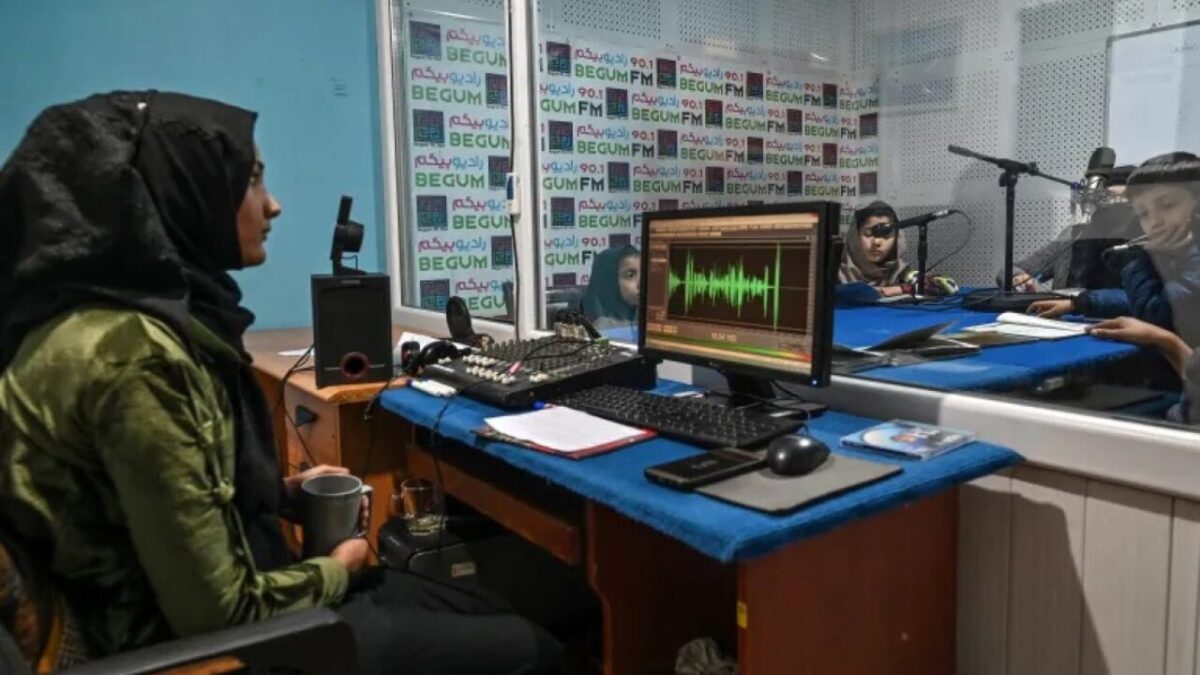Afghanistan Journalists Center (AFJC) in a report on the occasion of World Press Freedom Day says it has recorded 136 incidents of media freedom violations in Afghanistan from May 2023 to May 2024.
These incidents include 72 threats and 64 arrests of journalists, the report said.
Accordign to the report, the number represents a decrease from the 213 incidents recorded in the previous year (May 2022 to May 2023), which the center describes as encouraging.
Despite the reduction in incidents, structural limitations on media have not only persisted but have increased, the report says. The Taliban’s Ministry of Propagation of Virtue and Prevention of Vice has expanded its role over time, going beyond mere guidance to intensifying summons of journalists. This ministry is reportedly responsible for interrogating journalists accused of not adhering to media guidelines and issuing arrest warrants.
The report details other forms of increased pressure on media and journalists, including tightened restrictions on access to information, pre- and post-publication surveillance, activity monitoring on social networks, and heightened economic pressures imposed by the Taliban.
Furthermore, the report indicates a preference for state-run media such as National Radio and Television and the Bakhtar News Agency at official events, with private media, especially in the provinces, being less frequently invited.
The Taliban have also exerted economic pressure on private media through unprecedented increases in taxes and licensing fees, the center says.
The report warns of the dire consequences of these conditions and calls on the Taliban to allow media and journalists to exercise their rights based on the general media law and the right to information law.
The situation for the media in the country is “extremely concerning,” and the continuation of these conditions poses severe risks, according to the report. The Taliban have issued at least 17 media directives contrary to the media law since their return to power, which include a wide range of restrictions and violations of journalists’ and media freedoms. These directives prohibit women from working in national radio and television, cover protests and civil demonstrations, impose restrictions on how news and reports are gathered and published, mandate referring to the Taliban as the government of Afghanistan, ban the publication of music, and require female journalists to cover their faces and prohibit their participation in plays and entertainment programs. The directives also separate the spaces where men and women can appear in the media and ban interviews between men and women.
Additionally, the media are prohibited from interviewing Taliban critics and opponents, broadcasting foreign radio and TV programs, publishing commercial advertisements with political, security, and social content without coordination with Taliban officials, criticizing Taliban officials, cooperating with “exiled” media, and using “foreign terms.”
The report also notes that the scope of these directives has extended beyond the Taliban’s leadership and governance framework, with some local officials imposing severe restrictions, bans, and censorship on local journalists and media.
These findings show that in some cases, the directives are very broad and vague, severely impacting journalists’ work, program production in the media, and their work content. Despite the Taliban not explicitly discussing the consequences of non-compliance, the center’s findings indicate that media or journalists who have ignored these orders have faced threats, imprisonment, or punitive actions including temporary or permanent bans on activities.





